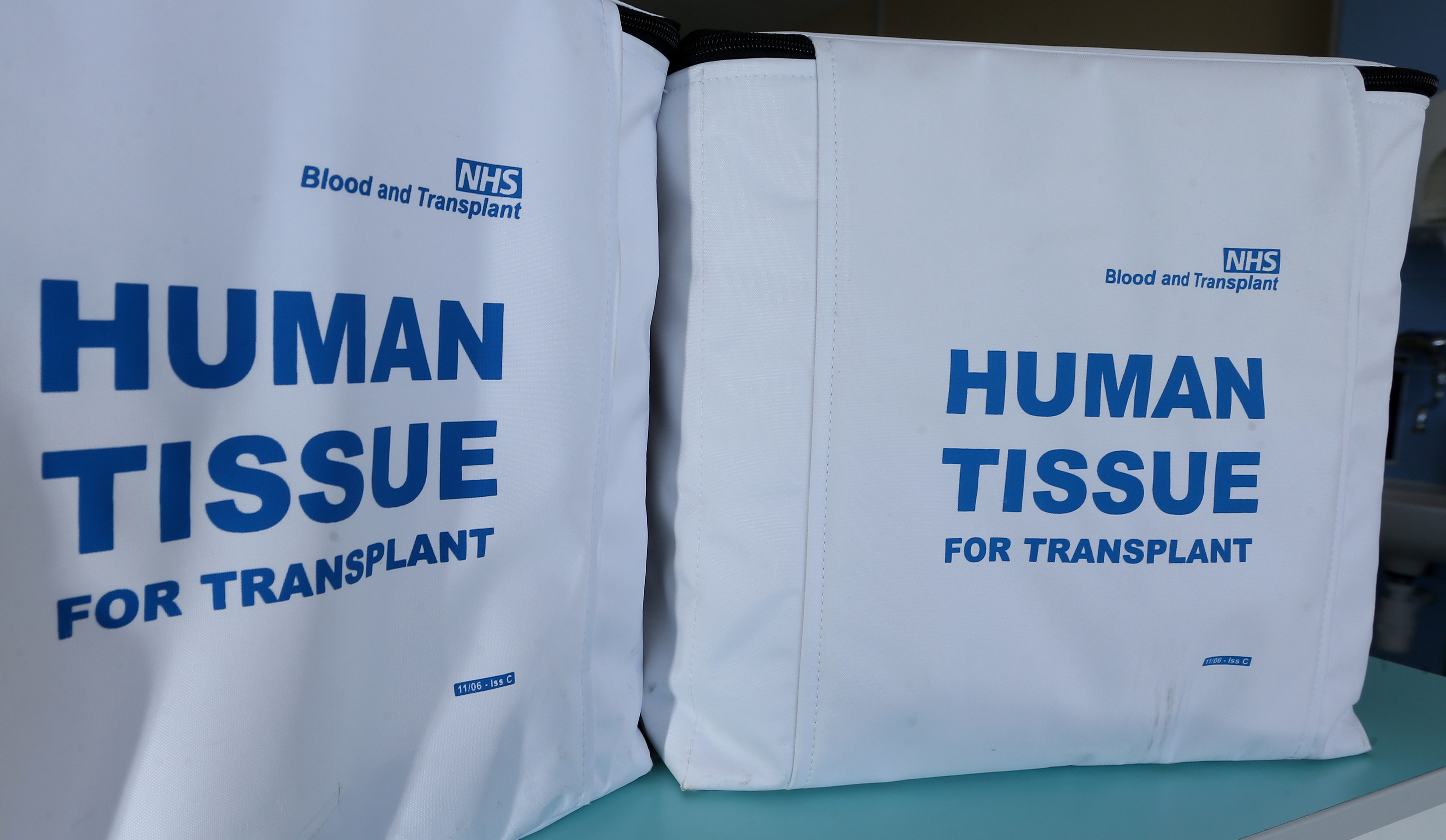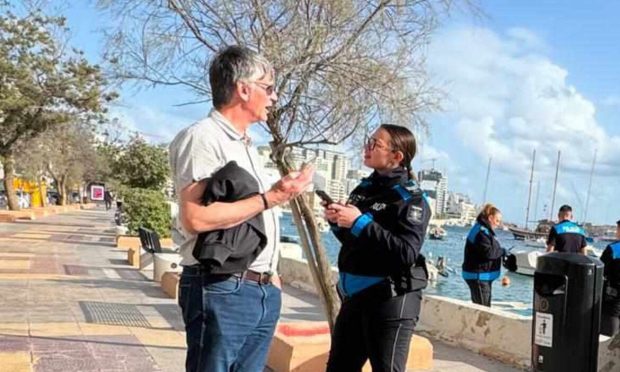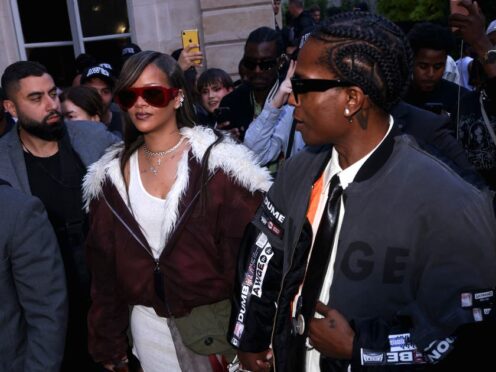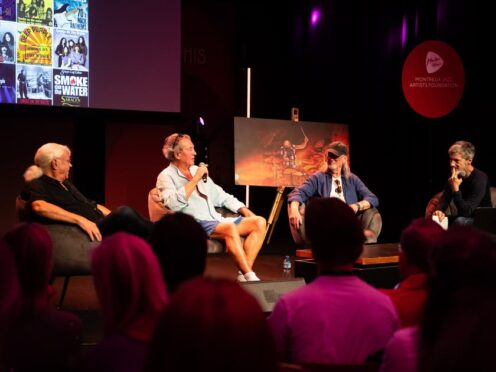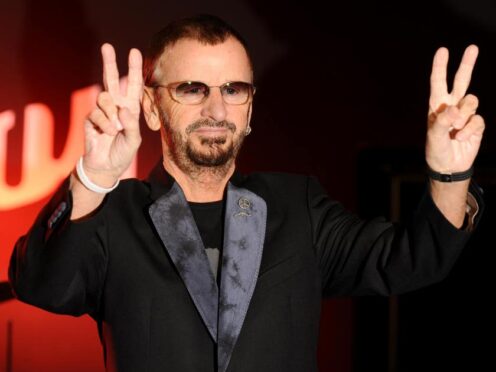Scientists have begun the process of trying to grow human organs inside pigs in an attempt to solve the worldwide shortage for transplants.
Researchers from the University of California, Davis have injected human stem cells into pig embryos to produce human-pig embryos known as chimeras.
The human-pig chimeric embryos will look like a normal pig’s embryo, but one of their organs – the pancreas – will be made completely from human cells, the team said.
They will be allowed to develop in the sows for 28 days before the pregnancies are terminated and the tissue removed for analysis.
Pablo Ross, a reproductive biologist who is leading the research, told the BBC: “Our hope is that this pig embryo will develop normally but the pancreas will be made almost exclusively out of human cells and could be compatible with a patient for transplantation.”
The plans are controversial and last year the main US medical research agency, the National Institutes of Health, banned funding for such experiments.
Critics say the research could lead to the development of organ farms.
Peter Stevenson from Compassion in World Farming told the BBC: “I’m nervous about opening up a new source of animal suffering.
“Let’s first get many more people to donate organs. If there is still a shortage after that we can consider using pigs, but on the basis that we eat less meat so that there is no overall increase in the number of pigs being used for human purposes.”
Other concerns relate to the possibility that the implanted human cells might migrate to the developing pig’s brain and make it more human.
Professor Ross said this was unlikely but was a key reason why the research was proceeding with such caution.
“We think there is very low potential for a human brain to grow, but this is something we will be investigating,” he said.
To create the chimeras – named after the creatures from Greek mythology made up of more than one animal – scientists use CRISPR gene editing to remove DNA from a newly-fertilised pig embryo that would enable the resulting foetus to grow a pancreas.
This creates a genetic “niche” or void. Then, human induced pluripotent (iPS) stem cells are injected into the embryo. The iPS cells were derived from adult cells and “dialled back” to become stem cells capable of developing into any tissue in the body.
The team behind the research hopes the human stem cells will take advantage of the genetic niche in the pig embryo and the resulting foetus will grow a human pancreas.
* The research will be outlined in Panorama – Medicine’s Big Breakthrough: Editing Your Genes on Monday at 8.30pm on BBC One.
